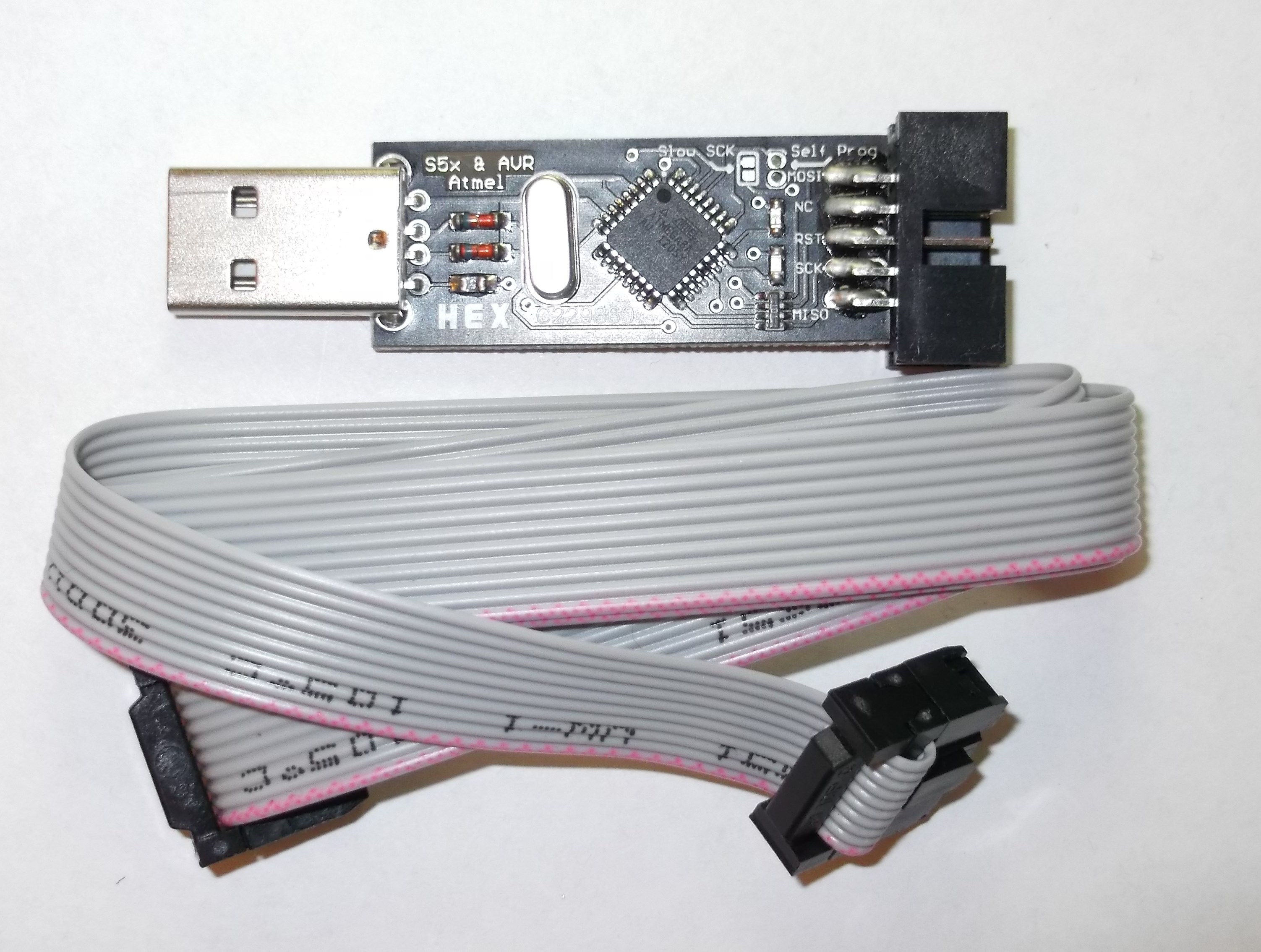
During periods with warm and humid outdoor conditions, humidity control inside the greenhouse can be a challenge. The use of cooling systems during the warmer summer months increases the greenhouse air humidity. Sufficient venting or successive heating and venting can prevent condensation on plants surfaces and the greenhouse structure. A high relative humidity (above 80-85%) should be avoided because it can increase the incidence of disease and reduce plant transpiration. Healthy plants can transpire a lot of water, resulting in an increase in the humidity of the greenhouse air. Emitters are generally laid on the soil surface or buried a few inches to reduce evaporation losses. Once there is no more water pressure in the lateral line, the sprinkler head will retract back into the ground. When the water is pressurized, the head will pop up out of the ground and water the desired area until the valve closes and shuts off that zone. The sprinklers are usually installed with the top of the head flush with the ground surface. Many sprinklers have pipe thread inlets on the bottom of them which allows a fitting and the pipe to be attached to them. When a zone comes on, the water flows through the lateral lines and ultimately ends up at the irrigation emitter (drip) or sprinkler heads. It is used to assist in the growing of agricultural crops, maintenance of landscapes, and re vegetation of disturbed soils in dry areas and during periods of inadequate rainfall. INTRODUCTION Irrigation is the artificial application of water to the land or soil. Keyword's- Automatic Watering System, Arduino-board I. We hope that through this prototype people will enjoy having plants without the challenges related to absent or forgetfulness. The system automation is designed to be assistive to the user. The pro-To type reports status of its current conditions and also reminds the user to refill the water tank. To accommodate this challenge we have developed a prototype, which makes a plant more self-sufficient, watering itself from a large water tank and providing itself with artificial sunlight. However for most people it becomes challenging to keep them healthy and alive. People enjoy plants, their benefits and the feeling related to nurturing them. So, the microcontroller has to be coded to water the plants in the greenhouse about two times per day. Normally, the plants need to be watered twice daily, morning and evening. This type of system is often used for general plant care, as part of caring for small and large gardens. It is programmed in such a way that it will sense the moisture level of the plants and supply the water if required. This project uses Arduino board, which consists of ATmega328 Microcontroller. This project uses watering sprinkler system because it can water the plants located in the pots. There have a various type using automatic watering system that are by using sprinkler system, tube, nozzles and other. To make the gardener works easily, the automatic plant watering system is created. Knowing when and how much to water is two important aspects of watering process. Watering systems ease the burden of getting water to plants when they need it. Watering is the most important cultural practice and most labor intensive task in daily greenhouse operation. The software, too, is open-source, and it is growing through the contributions of users worldwide. All Arduino boards are completely open-source, empowering users to build them independently and eventually adapt them to their particular needs. As soon as it reached a wider community, the Arduino board started changing to adapt to new needs and challenges, differentiating its offer from simple 8-bit boards to products for IoT applications, wearable, 3D printing, and embedded environments. Arduino was born at the Ivrea Interaction Design Institute as an easy tool for fast prototyping, aimed at students without a background in electronics and programming. A worldwide community of makers - students, hobbyists, artists, programmers, and professionals - has gathered around this open-source platform, their contributions have added up to an incredible amount of accessible knowledge that can be of great help to novices and experts alike. Over the years, Arduino has been the brain of thousands of projects, from everyday objects to complex scientific instruments.
Arduino ide atmega32 software#
To do so you use the Arduino programming language (based on Wiring), and the Arduino Software (IDE), based on Processing.

You can tell your board what to do by sending a set of instructions to the microcontroller on the board. Arduino boards are able to read inputs - light on a sensor, a finger on a button, or a Twitter message - and turn it into an output - activating a motor, turning on an LED, publishing something online. Arduino is an open-source prototyping platform based on easy-to-use hardware and software.


 0 kommentar(er)
0 kommentar(er)
